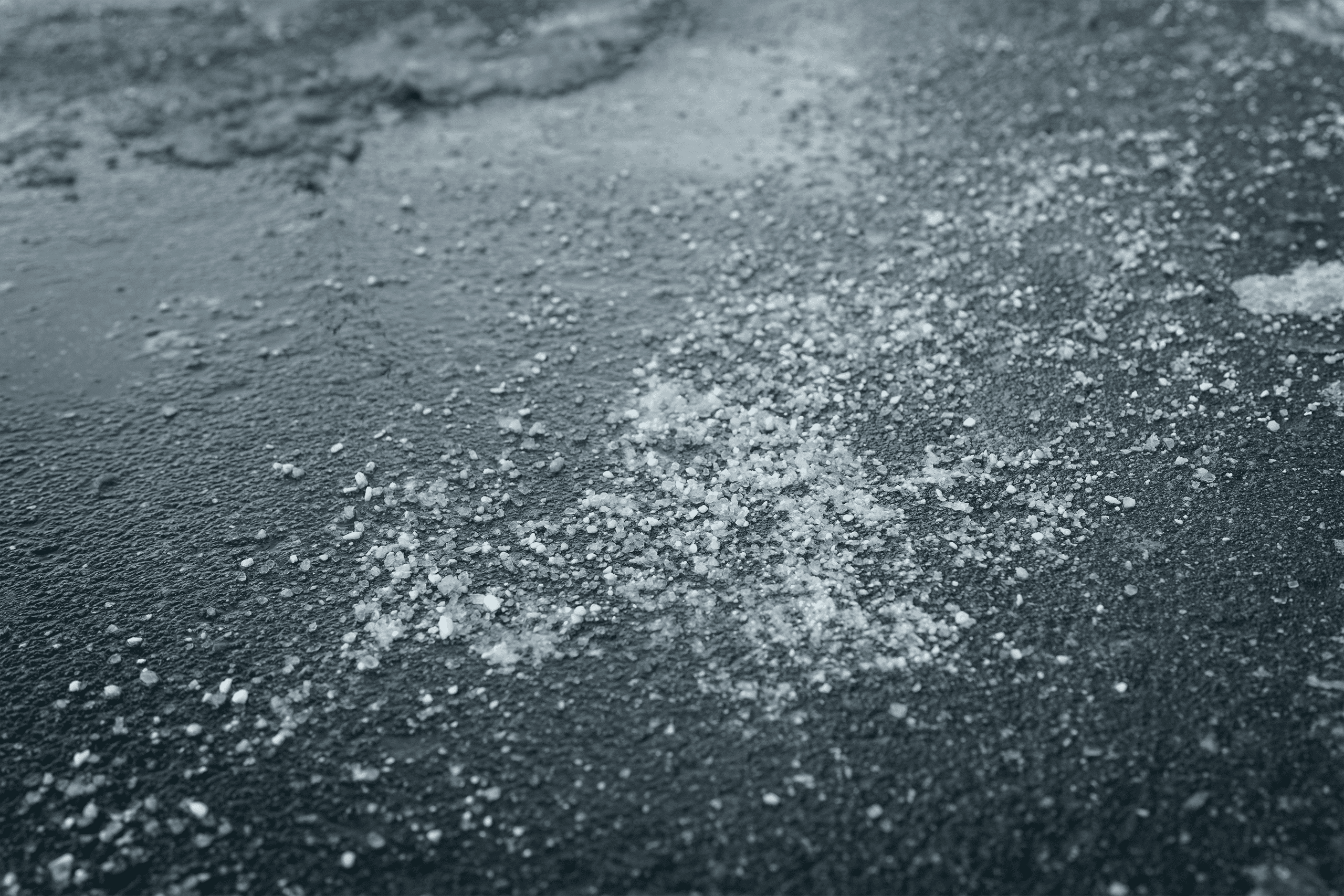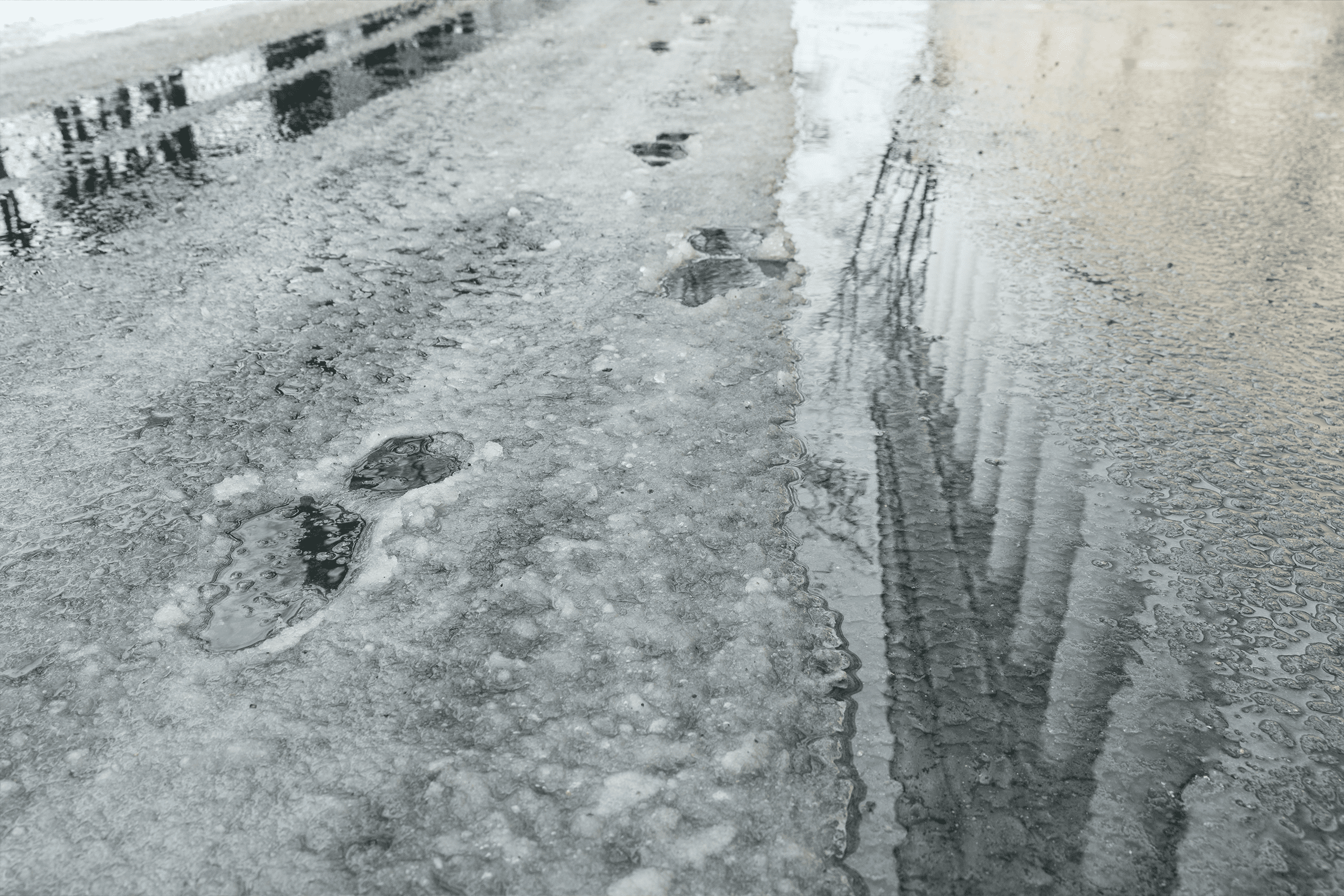Every winter, millions of tonnes of salt are spread across Canadian roads, sidewalks, and parking lots. It’s one of the most widely used tools for keeping surfaces safe from ice-related accidents. But recent research is shining a spotlight on its hidden cost: long-term damage to our environment, infrastructure, and even property value.
According to Environment and Climate Change Canada, more than 7 million tonnes of road salt are used nationwide each year. While effective in preventing slips and collisions, scientists are finding chloride levels rising in lakes, rivers, and groundwater. Some Ontario lakes now exceed Canadian Water Quality Guidelines, threatening aquatic life and ecosystem balance.
For property managers and facility operators, this raises a critical question: how do we balance winter safety with environmental responsibility?






